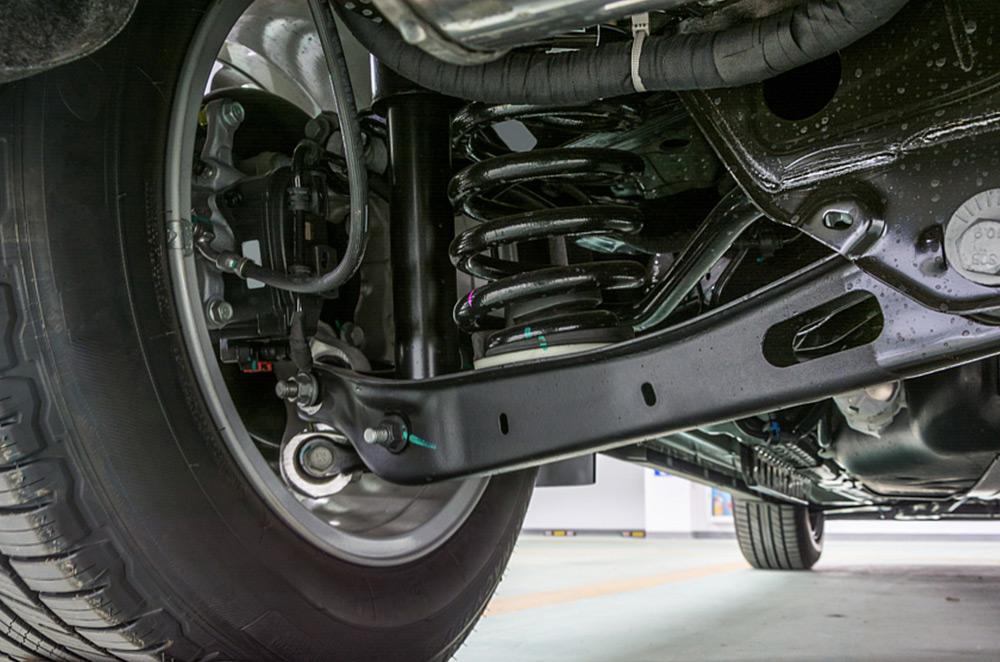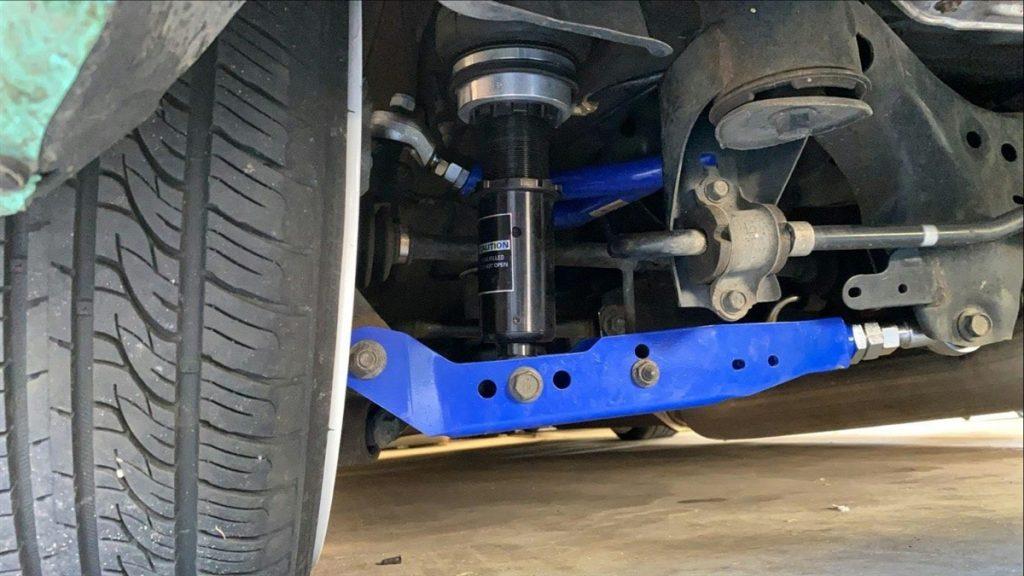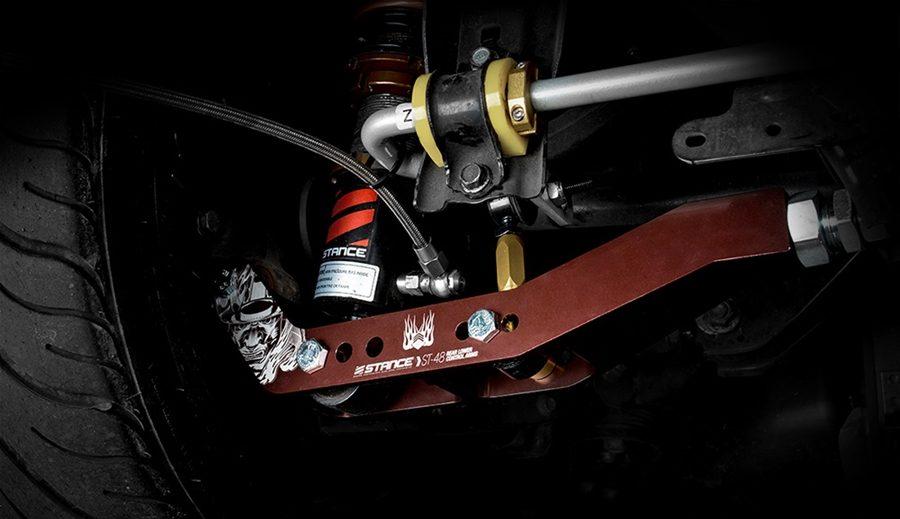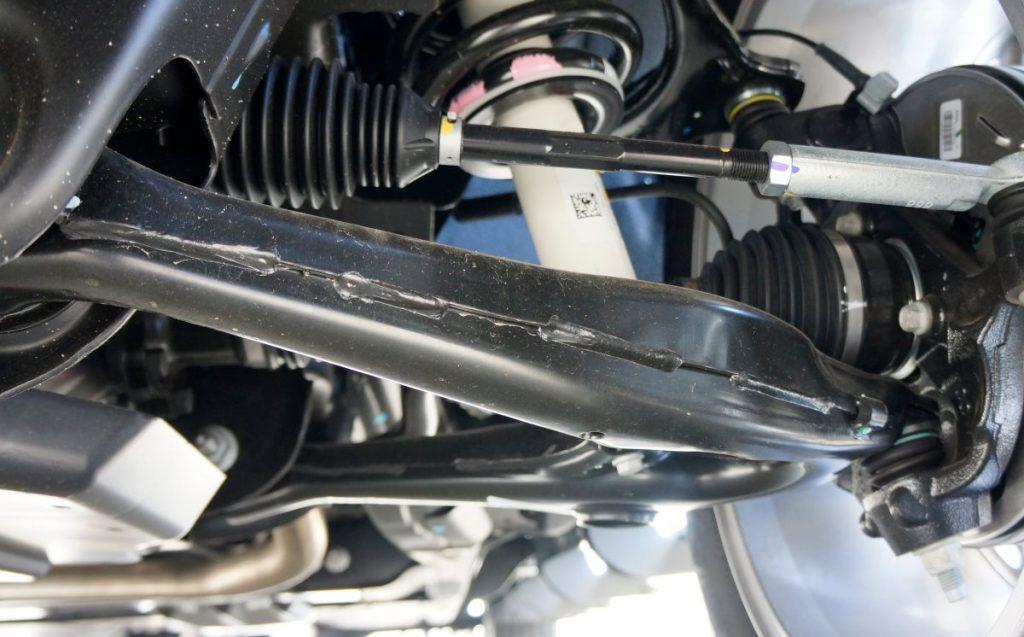Control arms are mechanical components used in automobile suspension systems to achieve a desired range of performance. They are engineered to absorb the shock from terrain and road conditions, allowing drivers to maintain control of the car. Control arms are used in front and rear suspensions and work with other suspension components, such as springs and struts, to provide a comfortable and safe ride. The control arms are linked to the chassis and axle and control the wheels' motion as they move up and down.
Table of Contents
This post will explore the function and design of control arms, the types of control arms, the benefits of A-arms, the common problems associated with control arms, and the best practices for maintaining control arms.
READ: Best LS Engines: A Comprehensive Guide
Function and Design of Control Arms

Control arms are usually made of steel or aluminum, and their design can vary depending on the make and model of the car. In most cars, the control arm is mounted to the chassis and connected to the wheels via the ball joints. The ball joints allow the control arm to move up and down and from side to side, providing a range of motion that helps absorb shocks from the terrain and road conditions. The control arms are also connected to the shocks and struts, which help to absorb the shock from the terrain.
Types of Control Arms
There are two main types of control arms: MacPherson struts control arms and trailing arm control arms. The Macpherson strut control arms are typically used in front-wheel drive vehicles and are connected to the chassis and the wheels via the ball joints. The trailing arm control arms are typically used in rear-wheel drive vehicles and are connected to the chassis and the wheels via the bushings.
What are A-Arms?
A-arms, also known as control arms, are some of the most critical components of a vehicle's suspension system. A-arms are connected to a vehicle's wheel hub and frame and act as a link between them. They help keep the wheel hub in its assigned position while providing appropriate wheel travel.
Components and Features

A-arms consist of two components: a lower A-arm and an upper A-arm. Both arms are connected to the wheel hub and chassis of the vehicle. The lower A-arm is usually related to the wheel hub, while the upper A-arm is attached to the car's frame. Both arms have ball joints allowing the wheel hub to move up and down while maintaining its position.
A-arms also contain bushings and dampers. The bushings between the A-arm and the vehicle's frame help reduce friction. The dampers help control the motion of the wheel hub, keeping it from bouncing or jerking.
How A-Arms Work
A-arms are responsible for controlling the motion of the wheel hub. When driving, the A-arms allow the wheel hub to move up and down, giving it the necessary wheel travel. The A-arms also keep the wheel hub in its assigned position, preventing it from becoming misaligned.
The A-arms also help absorb shocks from the road surface. When the vehicle drives over a bump or dip in the road, the A-arms absorb the shock and help stabilize the wheel hub. This helps reduce the amount of vibration felt by the driver and passengers.
Benefits of Control Arms
Control arms are essential components of a car's suspension system and provide several benefits. They help to absorb shocks from the terrain, allowing the driver to maintain control of the vehicle. They also help to keep the car stable, minimize body roll, and provide better handling and stability.
Benefits of A-Arms
A-arms provide several benefits to the vehicle. They help keep the wheel hub in its assigned position, reducing the risk of misalignment. This helps maintain the vehicle's handling and stability.
A-arms also help absorb shocks from the road surface and reduce the vibration the driver and passengers feel. This helps improve the vehicle's ride quality and makes it more comfortable for the driver and passengers.
A-arms also help improve the vehicle's performance. By providing the necessary wheel travel, A-arms help reduce the risk of tire wear and increase the vehicle's grip on the road. This helps improve the vehicle's acceleration and braking performance.
Common Problems Associated with Control Arms

Control arms can suffer from several problems, including wear and tear, corrosion, and broken or worn components. Wear can cause the ball joints to loosen, leading to poor handling. Corrosion can cause the control arms to become weak, leading to poor handling and increased wear. Broken or worn components can cause the control arms to fail, leading to a loss of control.
READ: How Much Horsepower Does An LS1 Have?
Best Practices for Maintaining Control Arms
Control arms should be inspected regularly for signs of wear and tear, corrosion, and broken or worn components. It is also essential to check the ball joints for signs of wear and tear and to replace them if necessary. If the control arms are corroded, they should be cleaned and lubricated regularly to prevent further corrosion. Finally, ensuring the control arms are appropriately aligned, and the suspension system is adjusted correctly is vital.
READ: Why Are Coilovers So Expensive?
Conclusion
Control arms are essential components of a car's suspension system and are designed to provide a comfortable and safe ride. They are linked to the chassis and the wheels via the ball joints and bushings and help to absorb the shock from the terrain. There are two main types of control arms: MacPherson struts control arms and trailing arm control arms.
The benefits of control arms include improved handling and stability, reduced body roll, and improved comfort. Common problems with control arms include wear and tear, corrosion, and broken or worn components. Maintaining control arms is essential to ensure optimal performance, and you should have regular inspections for signs of wear and tear, corrosion, and broken or worn components.

